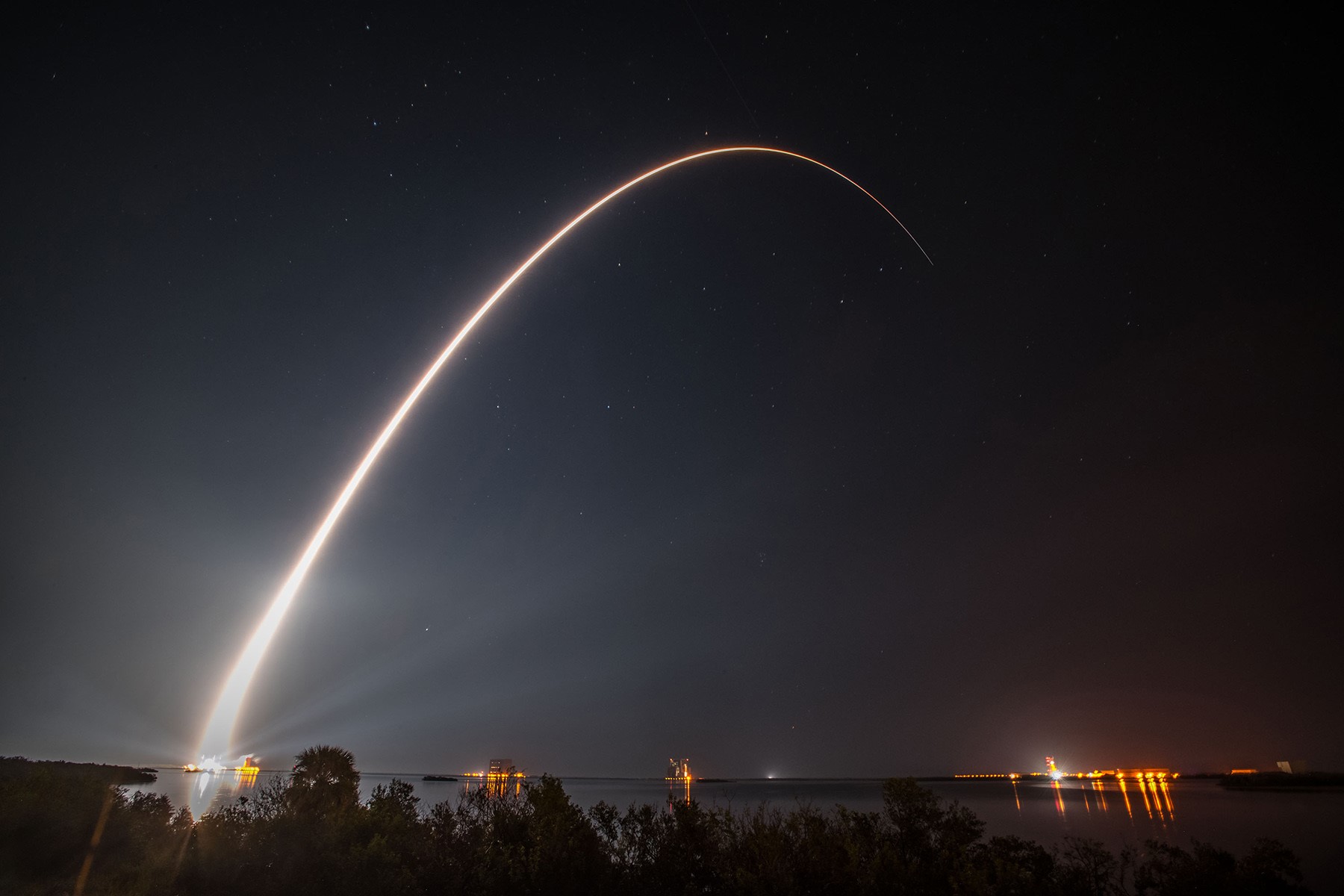The National Oceanic and Atmospheric Association (NOAA) has released the first images from the Geostationary Lightning Mapper (GLM) instrument on the agency’s Geostationary Environmental Satellite-16 (GOES-16) this Monday.
The flashy new pictures show how advanced space-based weather satellites have gotten. They provide more reliable information than ever before, and data gathered from these spacecraft could prove essential to more accurate forecasts.
GOES-16 is the first of four weather satellites that NOAA plans to put into orbit. The next unit of the constellation is scheduled for launch this spring, and it will become the different partner of GOES-16 once the association sets its precise location.


How does the GLM work and what is it good for?
The Geostationary Lightning Mapper (GLM) on top of the GOES-16 is one of many optical instruments onboard of the satellite. This particular piece of equipment detects and tracks lightning flashes in the Western Hemisphere.
The satellite sets its sight on a closed area and captures images at shorter time intervals than other competing spacecraft. GOES-16 can take pictures every 10 to 15 minutes in high definition and relay it back to Earth in time for scientists to analyze and predict weather trends.
In the case of GLM photos, they are particularly useful to anticipate the behavior of thunderstorms. These storms are very unpredictable, and they could either stay up in the clouds or turn into ground-based phenomena that potentially endangers human lives.
GOES-16 is not only suitable for tracking areas prone to having severe weather, but also extremely arid areas in which a lightning strike is just enough to spark incontrollable wildfires.
Similarly, pilots up swerving the skies and Mariners down taming the seas could benefit from the Geostationary Lightning Mapper images. Meteorologists could better predict flight and sailing weather to warn people about unfavorable conditions.
Climate scientists worry about the future under Trump
While NOAA and NASA have exciting plans for the future of climate science, upper management may not have the same plans for the field. Donald Trump has said in the past that these agencies should shift their focus towards other efforts and ditch weather tracking altogether.
NASA, for instance, is the most robust entity regarding funding of the two and it supports NOAA and the National Weather Service financially to keep these vital initiatives up and running.
However, the new administration has made it clear that budget cuts may be underway for the agency’s climate research projects. These funds may be, instead, redirected to deep space exploration and ambitious missions to the Moon and Mars.
Source: NASA

